Mastering Drywall: A Guide to Polished Repairs & Installation for Home Maintenance
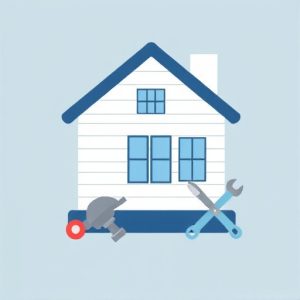
Drywall, a versatile building material, is key for home repair and maintenance, enabling easy instal…….

Home repair and maintenance are integral components of homeownership that ensure the longevity, safety, and comfort of a residence. This article delves into the intricacies of maintaining and repairing homes, exploring its multifaceted significance, from preserving structural integrity to enhancing property value. Readers will gain insights into the best practices for upkeep, the economic implications of investment in home repairs, and how technological advancements are transforming this industry. We’ll also examine global trends, policy influences, and future prospects, providing a comprehensive overview of the home-repair-and-maintenance landscape.
Home repair and maintenance encompass activities aimed at preserving the condition of a residential property. These activities are categorized into routine maintenance, which includes regular checks and minor repairs, and major repairs or renovations carried out to address significant issues or to upgrade features. The core components include structural assessment, electrical systems, plumbing, HVAC (heating, ventilation, and air conditioning), roofing, painting, landscaping, and more.
Historically, the significance of home repair and maintenance has been recognized since ancient times, with civilizations like the Romans developing sophisticated building techniques that laid the foundation for modern construction practices. Today, it remains a critical aspect of property management, reflecting the owner’s commitment to safety, health, and property value preservation.
The impact of home repair and maintenance is felt worldwide, as it influences not only individual households but also local economies and global markets. Trends such as the increasing adoption of green building practices, smart home technologies, and aging-in-place solutions are shaping the industry’s trajectory. In regions like North America and Western Europe, there is a growing emphasis on sustainability and energy efficiency in home repairs and renovations. Meanwhile, developing countries are focusing on improving living conditions and infrastructure resilience to natural disasters.
The economic significance of home repair and maintenance cannot be overstated. It is a vital sector that contributes to job creation, stimulates local economies, and influences real estate markets. Market dynamics are influenced by factors such as housing demand, consumer spending patterns, and availability of skilled labor and materials. Investment in home repairs can yield significant returns, both through increased property values and reduced long-term maintenance costs. The role of home repair and maintenance is multifaceted, serving as a barometer for economic health and a driver for growth within the construction industry.
Technology has revolutionized home repair and maintenance, with innovations ranging from smart home devices to advanced materials that enhance durability and energy efficiency. The advent of IoT (Internet of Things) devices allows for predictive maintenance, energy management systems, and enhanced security features. Augmented reality (AR) and virtual reality (VR) are being used for design visualization and to assist in complex repair tasks. These advancements not only improve the functionality and efficiency of homes but also contribute to cost savings and environmental sustainability.
A robust framework of policies and regulations governs home repair and maintenance, ensuring compliance with safety standards, energy codes, and building practices. In the United States, for example, the International Residential Code (IRC) sets minimum requirements for one- and two-family dwellings and townhouses. Similarly, the Lead Renovation, Repair, and Painting Program (RRP) regulates work on homes built before 1978 to prevent lead exposure. These regulations aim to protect homeowners and the environment while promoting professional standards within the industry.
The home repair and maintenance sector faces several challenges, including skill shortages, rising material costs, and the need for sustainable practices. Critics often point to the lack of coordination between regulatory bodies and industry stakeholders, leading to compliance difficulties and increased costs. To address these issues, there is a call for enhanced vocational training programs, streamlined regulations, and incentives for sustainable building practices. By adopting a proactive approach, the industry can overcome these challenges and set new benchmarks for excellence.
Several case studies demonstrate the successful application of home repair and maintenance principles. For instance, the retrofitting of older homes to improve energy efficiency in Denmark serves as a model for sustainable living. Similarly, the rehabilitation of historic buildings in cities like New York and London preserves cultural heritage while providing modern amenities. These examples highlight the importance of adaptability and innovation within the home-repair-and-maintenance sector.
The future of home repair and maintenance is poised for growth, driven by an aging population with distinct needs and a growing emphasis on sustainable living. The rise of smart homes and modular construction will likely continue, offering cost-effective and efficient solutions. Additionally, the integration of health and wellness features into home designs will gain prominence, as will the use of renewable energy sources. Strategic considerations for the industry include embracing technology, addressing labor shortages, and prioritizing sustainability to meet the evolving needs of consumers.
Home repair and maintenance is a multifaceted sector that plays a pivotal role in enhancing living conditions, promoting economic stability, and safeguarding environmental health. As technology advances and demographic trends shift, the industry must adapt to new challenges and opportunities. By focusing on innovation, sustainability, and compliance with regulations, home repair and maintenance will continue to be a vital component of the global economy and a critical aspect of individual and community well-being.
Please note that this outline is for an article or presentation on the subject of home repair and maintenance, including its economic, social, and environmental impacts, technological advancements, regulatory considerations, and future prospects. The actual output would depend on the depth of research, specific case studies, and the author’s perspective on the industry.

Drywall, a versatile building material, is key for home repair and maintenance, enabling easy instal…….
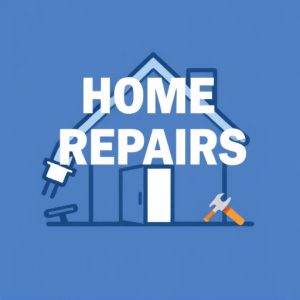
Homeowners can effectively manage their budgets while keeping their homes in excellent condition thr…….
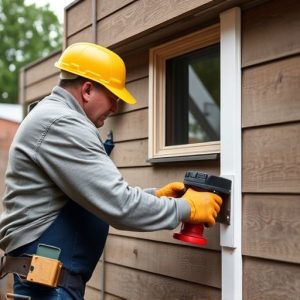
Warranties in home repair and maintenance act as a safety net for homeowners, protecting investments…….
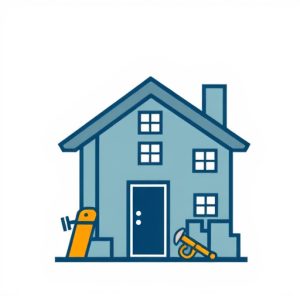
Windows and doors, often overlooked during home repair and maintenance, play a crucial role in energ…….
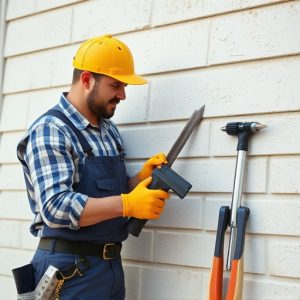
Drywall, a versatile building material, is integral to modern homes for its aesthetic appeal and pra…….
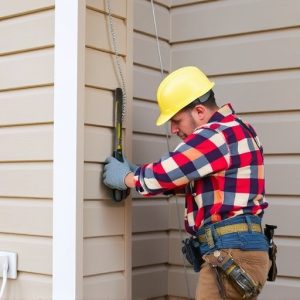
Evaluating kitchen and bathroom renovation needs begins with a critical assessment of space function…….
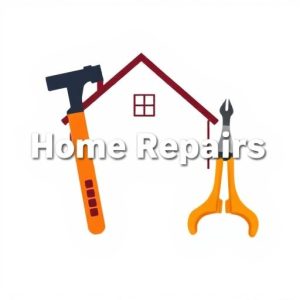
Painting is a crucial aspect of home repair and maintenance, offering more than just aesthetic benef…….
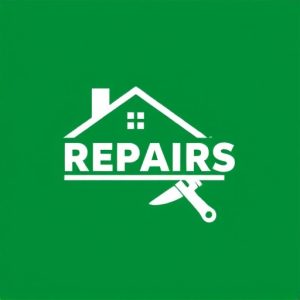
Customer satisfaction is the cornerstone of success in the home repair and maintenance industry. By…….

Renovating kitchens and bathrooms? Focus on balancing form (aesthetics) and function (practicality)……..

Understanding HVAC systems is essential for anyone involved in home repair and maintenance. These co…….